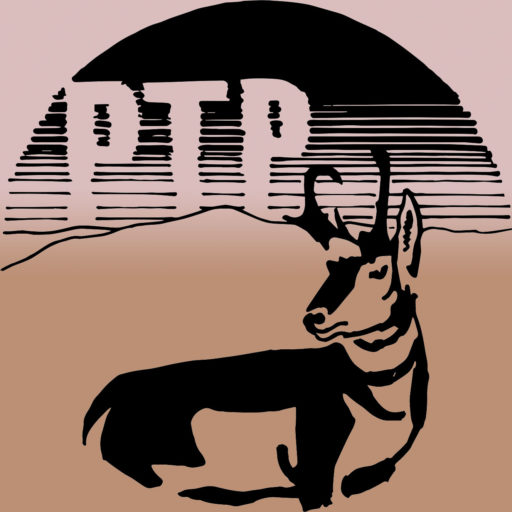According to a 2007 Cornell University study, 40% of all human deaths are caused by water, air, and soil pollution. In 2019, around 58.39 million people died, which means that in 2019, the addiction to industrial civilization killed 23,356,000 people. That’s around double the annual death toll of World War II.
That death toll does not include people who die in car crashes, in workplace accidents, from diseases and pandemics largely caused by industrial civilization, from suicide and other mental health struggles due to the culture we live in, or from other causes that result from industrial civilization.
That death toll also does not include non-humans. It doesn’t include the 100-200 *entire species* being driven extinct every day. It doesn’t include the millions of animals and trillions of insects killed by vehicles. It doesn’t include the collapsing coral reefs, the collapsing songbird populations, the collapsing amphibian populations. It doesn’t include the collapse in old forests, old sagebrush, old grasslands.
Addicts are not in control of their behavior. The addiction itself takes control. The drug is in charge. Sometimes with addicts, you have to draw a line. You have to act in their best interests, and you must at all costs stop them from harming others. Here at Thacker Pass we are staging an intervention to stop the addicts from accessing their drug, and from harming life itself.
#ProtectThackerPass #BrightGreenLies
I just want to explain to everyone what we’re seeing here. We’ve talked a lot out here at Thacker Pass/Peehee Mu-Huh that the sagebrush are the keystone species. A lot of the other life forms depend on the sagebrush for shade, for food, for seed germination, for shelter from winter storms. And I just stumbled across this right here. I don’t know how well you can see that there, but what I’m looking at right here is ants all over this sagebrush.
Now at first I thought the ants were eating the sagebrush, but that’s not what we’re seeing. Instead, there are tiny little aphids all over the leaves of this sagebrush. Those aphids are eating the sagebrush and the ants are farming the aphids. I’ve heard of this before and I’ve seen it on other plants. The ants will essentially keep these aphids almost as we would keep chickens. They protect them from predators. They even move them around to different locations. Sometimes they bite off the wings of the aphids so they can’t fly away, sometimes not. And I don’t know if that’s the case here, but the ants don’t actually eat the aphids, they milk them. They stroke the aphids in a certain way and the aphids exude this nectar, this sweet sugary substance and the ants eat that. This isn’t going to hurt the sagebrush plant too much.
This bush is probably 100 or 150 years old, maybe more. It’s about 7 or 8 feet tall. It’s healthy, it’s lush, it’s vibrant. It’s not worried about a few aphids on some of its leaves. And so here we have these three species working together. They all survive. They all thrive in this harsh place.
That’s the lessons of ecology. That’s the lessons that we can learn from paying attention to the natural world and the other beings around us: how to live in ways that don’t destroy the world but instead enrich the world, and we see that right here with this sage bush and the
ants and aphids all living together. This probably wouldn’t last if the mine goes in. The open-pit would come up much of this area, might even come up to here [points at the landscape]. And this whole area over here would be full of toxic tailings. So where now we have this sacred stillness and quiet and this dance between these different species, we would have pollution, smoke, 24-hour lights, razor wire fencing. That’s the difference between a relationship-based
way of life and an extractive or colonial way of life. That’s the difference between sustainability and extermination. That’s what we need to learn.
People know how to live in that way. I spent most of the day hanging out at camp down here with a couple of elders – two of the grandmothers of the family who we’ve been spending a lot of time with up here. And they were telling us all these old stories and laughing, sitting around the fire, getting some food together. They know how it is. We don’t need money; we need water. We don’t need electric cars; we need habitat. We need places to live and the land. The land provides everything we need. And industrial civilization just provides destruction, poison, cancer, toxins, television.
So there may be a lot of people who are addicted to that world. There may be a lot of people who think that it is essential that we must continue that way of life, but they’re simply wrong. They’re addicted. And just like other forms of addiction, they’re addicted to something that’s hurting them. They’re addicted to something that eventually will kill them if they don’t stop. And it will kill most of the life on this planet. So, in some ways, those of us who are doing this work, we’re trying to break that stranglehold of addiction. We’re trying to deny that
addictive substance to those people who are just craving it and they can’t stop. They’re going to keep destroying because they’re addicts. They’re not in control. They’re not in charge anymore. The substance itself is in control. The substance itself is in charge. The person, the individual, is subordinated to it, and it’s the same when it comes to these technologies.
Here’s the sunset to close out this video.


Recent Comments